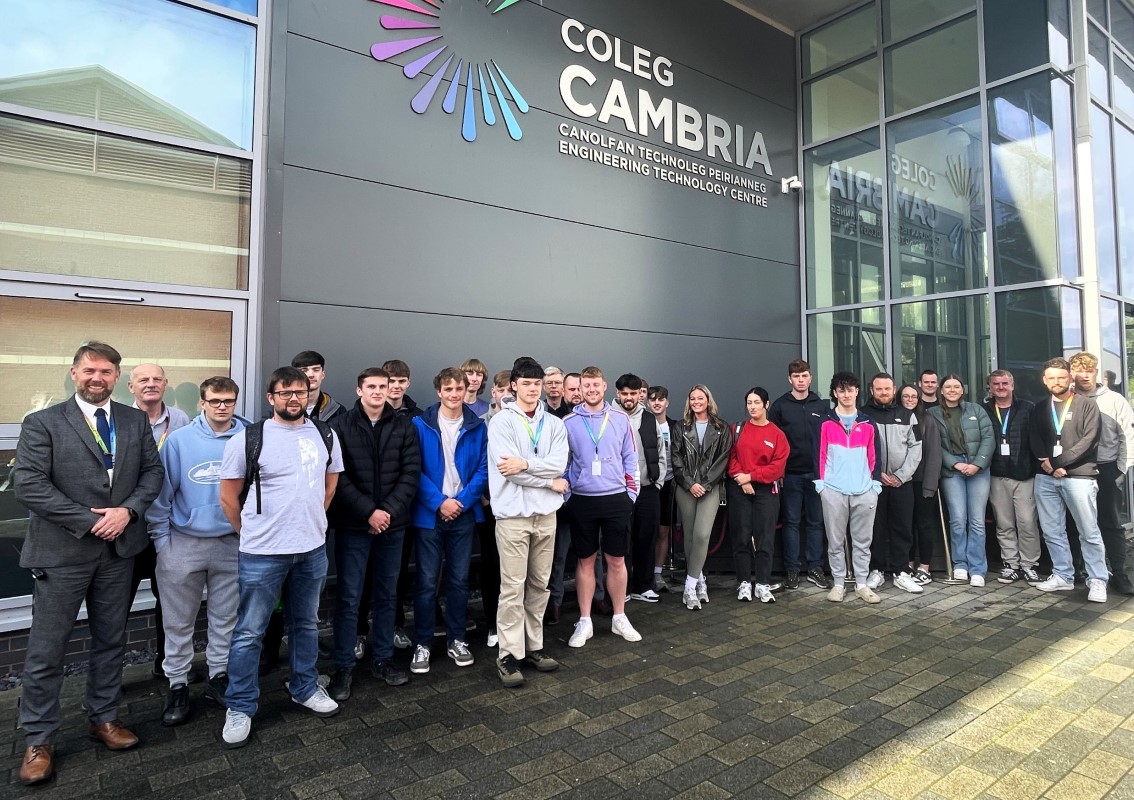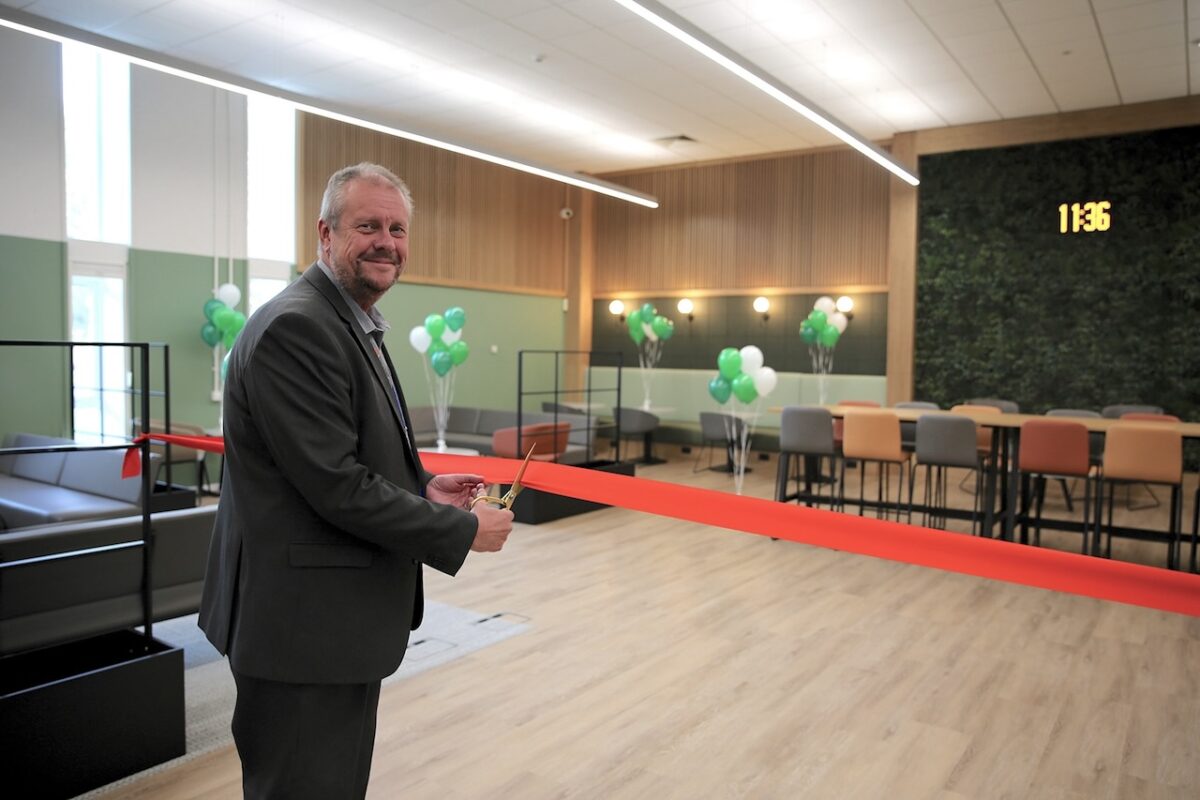What we learn as teachers and leaders from Sir Michael Parkinson?

Sir Michael Parkinson is known for his distinctive conversational and interview style. He is a renowned British broadcaster and interviewer who has conducted in-depth interviews with numerous celebrities, politicians, and public figures. His style is characterized by its warmth, depth, and personal touch.
Parkinson’s conversational style involves creating a relaxed and comfortable atmosphere for his guests. He often starts with a friendly and open approach, putting his interviewees at ease and allowing them to open up. His interviews are less formal and more like a friendly chat, which helps his guests feel comfortable sharing their thoughts and experiences.
In terms of interviewing technique, Parkinson is skilled at asking insightful and probing questions. He delves into his subjects’ personal lives, experiences, and emotions, often going beyond the surface-level topics. His questions are thoughtful and well-researched, showing his genuine interest in understanding his guests on a deeper level.
One of the key aspects of Parkinson’s style is his ability to actively listen. He pays close attention to his guests’ responses, allowing the conversation to flow naturally and enabling him to ask follow-up questions that explore the nuances of their stories.
Overall, Michael Parkinson’s conversational and interview style is marked by his warm approach, in-depth questions, active listening, and his genuine curiosity about people’s lives. These qualities have made his interviews engaging and memorable for both his guests and his audience.
From a qualitative perspective within the realm of social science, Sir Michael Parkinson’s interview style can be analyzed as a compelling example of skilled interpersonal communication that fosters a unique and meaningful interaction between interviewer and interviewee. This style is particularly noteworthy due to the substantial number of interviews he has conducted and the high quality of insights he has elicited from his subjects.
Parkinson’s approach aligns with principles of qualitative research, as it creates an environment conducive to rich data collection and analysis. His conversational demeanor sets the tone for rapport-building, trust, and mutual understanding, facilitating candid and in-depth responses from interviewees. The personal touch he adds to his interviews is akin to the “empathic neutrality” concept in qualitative research, where the researcher engages with participants in a supportive yet unbiased manner, allowing for genuine self-expression.
From a methodological standpoint, Parkinson’s interviews showcase the art of open-ended questioning. His ability to craft open-ended questions stems from a keen understanding of the narrative approach, encouraging interviewees to provide detailed accounts of their experiences, emotions, and perspectives. This technique aligns with the qualitative research principle of allowing participants to shape the discourse, enabling them to share their unique stories.
Furthermore, Parkinson’s active listening skills contribute to the qualitative depth of his interviews. His aptitude for attentively comprehending and responding to interviewees’ narratives echoes the qualitative concept of reflexivity, where the researcher acknowledges their role in shaping the interview context and interpreting the data. Parkinson’s ability to navigate the intricacies of dialogue and adapt his questions based on participants’ responses mirrors the iterative nature of qualitative research, where emergent themes guide subsequent inquiry.
In terms of the volume of interviews conducted, Parkinson’s extensive body of work provides a wealth of qualitative data ripe for thematic analysis. This cumulative approach aligns with the saturation principle in qualitative research, where data collection continues until themes and patterns are sufficiently explored. Parkinson’s style, rooted in meaningful engagement and empathetic exploration, ensures that each interview contributes to the broader tapestry of insights, allowing for comprehensive exploration of human experiences and perspectives.
Overall, Sir Michael Parkinson’s interview style, when examined through a qualitative social science lens, showcases a harmonious blend of rapport-building, open-ended questioning, active listening, and the accumulation of nuanced insights. His approach offers a compelling case study for scholars interested in understanding how skilled interpersonal communication and empathetic inquiry can yield valuable qualitative data in a diverse array of contexts.
Observing this, what and how can people learn to engage others in this way?
Learning to engage others in a manner similar to Sir Michael Parkinson’s interview style involves developing a combination of interpersonal skills, communication techniques, and a genuine approach to understanding and connecting with people. Here’s how individuals can go about it:
Active Listening: Practice active listening by giving your full attention to the person you’re engaging with. Focus on what they’re saying without interrupting, and show that you’re genuinely interested in their perspective.
Empathy and Empathetic Neutrality: Cultivate empathy by putting yourself in the other person’s shoes. Approach conversations with an empathetic mindset, striving to understand their feelings and experiences. Just like in qualitative research, practice empathetic neutrality by creating a safe space for sharing without judgment.
Open-Ended Questions: Develop the skill of asking open-ended questions that encourage detailed responses. Instead of asking yes-or-no questions, ask questions that invite the person to elaborate and share their thoughts, emotions, and experiences.
Building Rapport: Establish a comfortable and friendly atmosphere by building rapport. Find common ground, share personal anecdotes, and create a warm environment that encourages the person to open up.
Research and Preparation: Just as Parkinson does his research before interviews, gather information about the person you’re engaging with. This can help you ask relevant and thoughtful questions that show your genuine interest in their life and experiences.
Storytelling: Incorporate storytelling into your conversations. Share your own stories or experiences that relate to the topic at hand. This creates a sense of connection and encourages reciprocity in sharing.
Adaptability: Be flexible in your conversations. Adapt your questions and responses based on the flow of the conversation and the person’s reactions. This ensures that the interaction feels natural and responsive.
Practice Patience: Allow the person to express themselves fully. Don’t rush or interrupt; give them the space they need to share their thoughts and feelings.
Non-Verbal Communication: Pay attention to your non-verbal cues such as eye contact, facial expressions, and body language. These cues convey your interest and engagement in the conversation.
Reflective Listening: After the person shares, summarize and reflect on what they’ve said. This shows that you’ve been actively listening and provides an opportunity for them to clarify or expand on their points.
Continual Learning: Just like qualitative researchers continuously refine their methods, learn from each interaction. Reflect on what worked well and what could be improved for the next time.
In conclusion, It is important to note as teachers and leaders that engaging others in this manner requires practice and genuine intention.
It’s also about building authentic connections, understanding perspectives, and fostering meaningful conversations that allow both parties to feel heard and valued.
Over time, these skills can become second nature and contribute to your ability to engage others in a deep and meaningful way.
By Gavin Hoole.











Responses